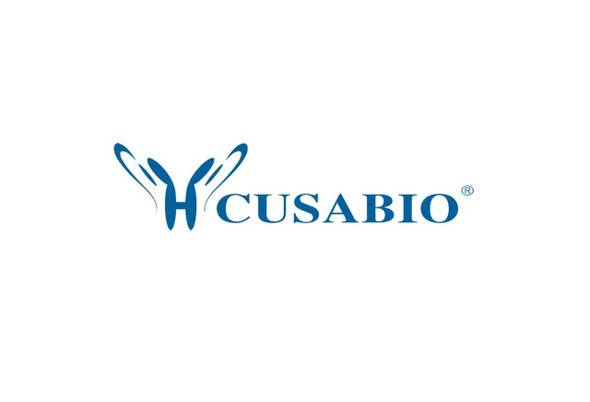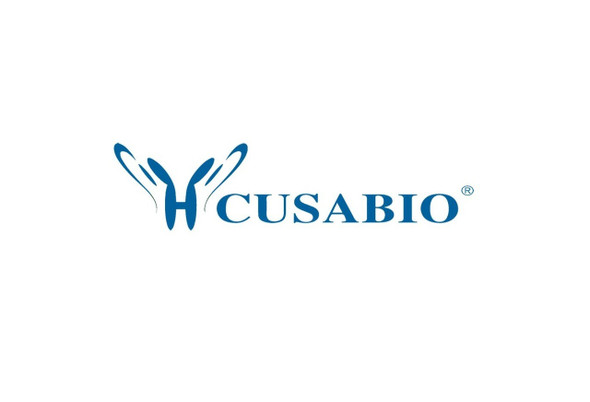Cusabio Mouse Recombinants
Recombinant Mouse Renalase (Rnls) | CSB-EP417267MO
- SKU:
- CSB-EP417267MO
- Availability:
- 3 - 7 Working Days
Description
Recombinant Mouse Renalase (Rnls) | CSB-EP417267MO | Cusabio
Alternative Name(s): Monoamine oxidase-C
Gene Names: Rnls
Research Areas: Neuroscience
Organism: Mus musculus (Mouse)
AA Sequence: ALLRKEITAPLYLGLWDKGGDIGGRMITASSPHNPRCTADLGAQYITCSPHYVKEHQNFYEELLAHGILKPLTSPIEGMKGKEGDCNFVAPQGFSSVIKYYLKKSGAEVSLKHCVTQIHLKDNKWEVSTDTGSAEQFDLVILTMPAPQILELQGDIVNLISERQREQLKSVSYSSRYALGLFYEVGMKIGVPWSCRYLSSHPCICFISIDNKKRNIESSECGPSVVIQTTVPFGVQHLEASEADVQKLMIQQLETILPGLPQPVATICHKWTYSQVTSSVSDRPGQMTLHLKPFLVCGGDGFTHSNFNGCISSALSVMKVLKRYI
Source: E.coli
Tag Info: N-terminal 6xHis-SUMO-tagged
Expression Region: 18-342aa
Sequence Info: Full Length of Mature Protein
MW: 52 kDa
Purity: Greater than 90% as determined by SDS-PAGE.
Relevance: Catalyzes the oxidation of the less abundant 1,2-dihydro-beta-NAD(P) and 1,6-dihydro-beta-NAD(P) to form beta-NAD(P)+. The enzyme hormone is secreted by the kidney, and circulates in blood and modulates cardiac function and systemic blood pressure. Lowers blood pressure in vivo by decreasing cardiac contractility and heart rate and preventing a compensatory increase in peripheral vascular tone, suggesting a causal link to the increased plasma catecholamine and heightened cardiovascular risk. High concentrations of catecholamines activate plasma renalase and promotes its secretion and synthesis.
Reference: "A tissue-specific atlas of mouse protein phosphorylation and expression." Huttlin E.L., Jedrychowski M.P., Elias J.E., Goswami T., Rad R., Beausoleil S.A., Villen J., Haas W., Sowa M.E., Gygi S.P. Cell 143:1174-1189(2010)
Storage: The shelf life is related to many factors, storage state, buffer ingredients, storage temperature and the stability of the protein itself. Generally, the shelf life of liquid form is 6 months at -20?/-80?. The shelf life of lyophilized form is 12 months at -20?/-80?.
Notes: Repeated freezing and thawing is not recommended. Store working aliquots at 4? for up to one week.
Function: Catalyzes the oxidation of the less abundant 1,2-dihydro-beta-NAD(P) and 1,6-dihydro-beta-NAD(P) to form beta-NAD(P)(+). The enzyme hormone is secreted by the kidney, and circulates in blood and modulates cardiac function and systemic blood pressure. Lowers blood pressure in vivo by decreasing cardiac contractility and heart rate and preventing a compensatory increase in peripheral vascular tone, suggesting a causal link to the increased plasma catecholamine and heightened cardiovascular risk. High concentrations of catecholamines activate plasma renalase and promotes its secretion and synthesis.
Involvement in disease:
Subcellular Location: Secreted
Protein Families: Renalase family
Tissue Specificity: Expressed predominantly in kidney and testis with lower levels in liver, heart and embryo and weak expression in brain and skeletal muscle.
Paythway:
Form: Liquid or Lyophilized powder
Buffer: If the delivery form is liquid, the default storage buffer is Tris/PBS-based buffer, 5%-50% glycerol. If the delivery form is lyophilized powder, the buffer before lyophilization is Tris/PBS-based buffer, 6% Trehalose, pH 8.0.
Reconstitution: We recommend that this vial be briefly centrifuged prior to opening to bring the contents to the bottom. Please reconstitute protein in deionized sterile water to a concentration of 0.1-1.0 mg/mL.We recommend to add 5-50% of glycerol (final concentration) and aliquot for long-term storage at -20?/-80?. Our default final concentration of glycerol is 50%. Customers could use it as reference.
Uniprot ID: A7RDN6
HGNC Database Link: N/A
UniGene Database Link: UniGene
KEGG Database Link: KEGG
STRING Database Link: STRING
OMIM Database Link: N/A










